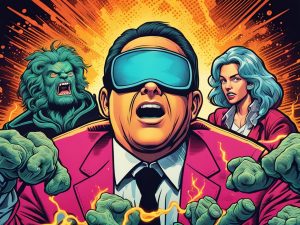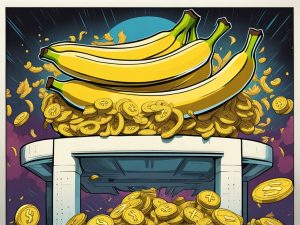A YouTube Creator Builds an AI-Powered Pokédex Using Generative AI
A YouTube creator named Abraham Haskin has combined generative AI with a love for Pokémon to create an AI-powered Pokédex. The Pokédex is a digital encyclopedia in the Pokémon universe that records data on different species of Pokémon. Haskin wanted to bring a real-world version of the device to life and utilized modern technologies to achieve this.
Haskin used OpenAI’s ChatGPT model and the Pokémon API to develop the DIY Pokédex. The device connects to a local Wi-Fi network and uses ChatGPT and the database to identify Pokémon when pointed at an image or toy.
The Potential of the AI-Powered Pokédex
In a demo, Haskin showcased that the DIY Pokédex can successfully identify full-color Pokémon on a screen but struggles with toys and miniatures. While using GPT-4 technology can be expensive for large-scale applications, Haskin mentioned that the AI implementation for the Pokémon project is cost-effective.
Another project called POKE ‘LLMON, developed by Georgia Institute of Technology, also utilizes generative AI to master Pokémon game battles. Although dealing with ChatGPT’s quirks can be challenging, Haskin didn’t encounter any major issues during the development process.
Future Endeavors and Nostalgia
Haskin expressed their interest in exploring other iconic ’90s technology projects in the future. They enjoy pushing boundaries and leveraging modern technology to enhance nostalgic experiences.
Hot Take: Combining Nostalgia with Cutting-Edge Technology
A YouTube creator has brought together nostalgia and advanced technology by creating an AI-powered Pokédex. This real-world version of the device uses generative AI and connects to a local Wi-Fi network to identify Pokémon when pointed at an image or toy. While there are some limitations, such as struggling with toys and miniatures, the DIY Pokédex is a cost-effective implementation of AI technology. This project showcases the potential of combining popular franchises like Pokémon with cutting-edge AI models like ChatGPT. With more creators exploring nostalgia and leveraging modern technology, we can expect to see exciting revivals of ’90s icons in the future.


 By
By
 By
By

 By
By
 By
By